
Welding Glass
$2,920.00 Original price was: $2,920.00.$2,420.00Current price is: $2,420.00.

Welding Locking Pliers
$15,700.00 Original price was: $15,700.00.$15,200.00Current price is: $15,200.00.
Welding Hammer
$10,480.00 Original price was: $10,480.00.$9,980.00Current price is: $9,980.00.
WhatsApp Order
A welding hammer is a hand tool specifically designed for use in welding applications. It typically features a pointed pick on one end and a chisel or flat surface on the other. The pointed end is used for chipping away excess weld material, slag, and spatter from the welded joint, while the flat or chisel end is employed for cleaning and smoothing the welded surface. Welding hammers are essential for post-welding cleanup, ensuring the removal of unwanted residues and achieving a clean and well-finished weld.
SKU:
AHS84299
Category: Welding Accessories
Description
Welding Hammer Uses
- Slag Removal: One of the primary purposes of a welding hammer is to remove slag, a byproduct of the welding process, from the welded joint. Slag is a molten material that forms on the surface of the weld, and the hammer’s pointed end is effective for chipping it away.
- Spatter Removal: During welding, small bits of molten metal, known as spatter, can splatter onto the workpiece. The welding hammer’s pointed end is useful for removing these unwanted metal droplets.
- Cleaning Welding Joints: Welding hammers are used to clean and prepare welding joints by removing any impurities, oxides, or debris that could affect the quality of the weld.
- Surface Dressing: The flat or chisel end of the welding hammer is employed for dressing or smoothing the welded surface. This helps in creating a clean and finished appearance.
- Welding Inspection: Welding hammers are sometimes used as inspection tools. By tapping the welded area with the hammer, welders can identify any inconsistencies or defects in the weld based on the sound produced.
- Correcting Welding Distortions: In some cases, welding can cause distortion or warping of the metal. A welding hammer can be used to gently manipulate the metal and correct these distortions.
- Cleaning Welding Electrodes: Welding hammers are also handy for cleaning welding electrodes. Removing any contaminants or scale from the electrode surface ensures a better and more reliable arc during the welding process.
- Forging and Shaping: In addition to its role in welding, the flat end of the welding hammer can be used for light forging and shaping tasks, making it a versatile tool in metalworking.
Reviews (0)
Be the first to review “Welding Hammer” Cancel reply
Related products
M8 Tips for MIG Welding Torch
A MIG welding torch, or Metal Inert Gas welding torch, is a handheld device used in the MIG welding process. It consists of a handle, trigger, and a nozzle through which a consumable electrode wire is fed. The torch is connected to a welding power source that generates an electric arc between the wire and the workpiece, melting the wire and creating a weld. The torch also incorporates a shielding gas, typically a mixture of inert gases, to protect the weld from atmospheric contamination. MIG welding torches are versatile tools widely used for their ease of operation and efficiency in joining various metals.
Welding Cable Earth
- Welding Cable:
- Welding cable is a type of electrical cable specifically designed for use in welding applications. It is flexible and durable, capable of carrying high currents while withstanding the harsh conditions typically encountered in welding environments. Welding cables are often made with fine copper strands to enhance flexibility.
- Earth Cable (Grounding Cable):
- An earth cable, also known as a grounding cable, is used to connect an electrical system or device to the ground (earth). Grounding is essential for safety in electrical systems, as it helps prevent electrical shocks and provides a path for fault currents to safely dissipate into the ground.
Welding Cable Electrode
Welding cable electrode, also known as electrode cable, refers to a specialized electrical cable designed for the transmission of electric current in welding applications. It serves as the conduit through which the electrical energy is delivered from the welding power source to the welding electrode or welding gun. Welding cables are constructed to withstand the harsh conditions of welding environments, including exposure to heat, abrasion, and oil. Typically, these cables have flexible copper conductors for efficient power transmission and a durable, heat-resistant insulation or jacket to ensure safety and longevity. The term "electrode cable" is often used interchangeably with "welding cable" because the cable connects the welding machine to the electrode, which is the component that carries the electric current necessary for generating the welding arc.


 Acrylic Sealants
Acrylic Sealants Construction Adhesives
Construction Adhesives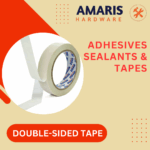 Double-Sided Tape
Double-Sided Tape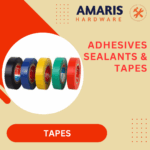 Duct Tape
Duct Tape Electrical Tape
Electrical Tape Epoxy & Resins
Epoxy & Resins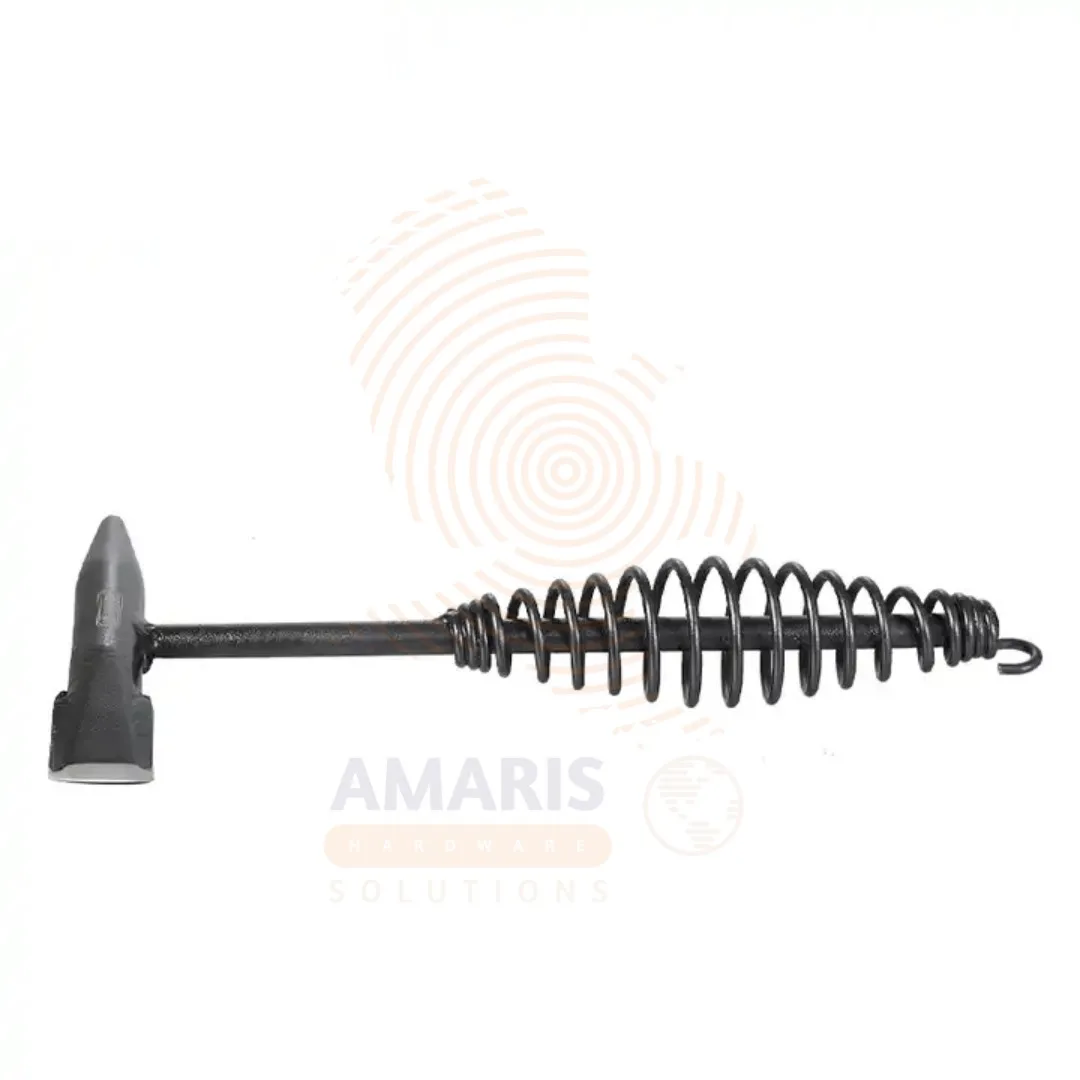
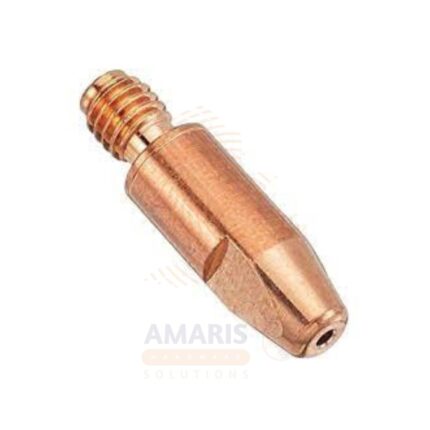
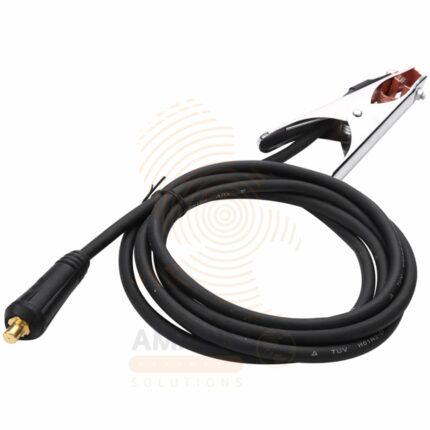
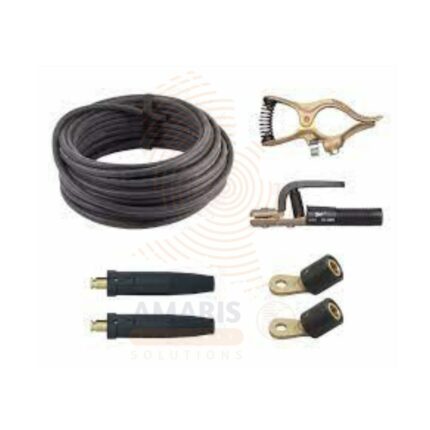
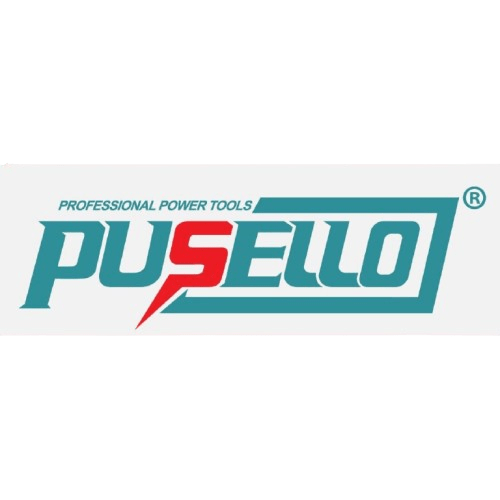
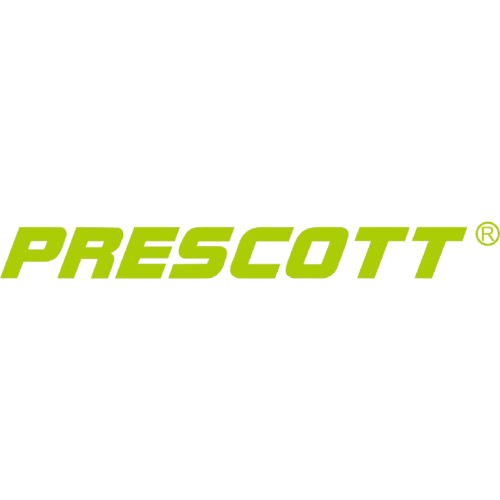

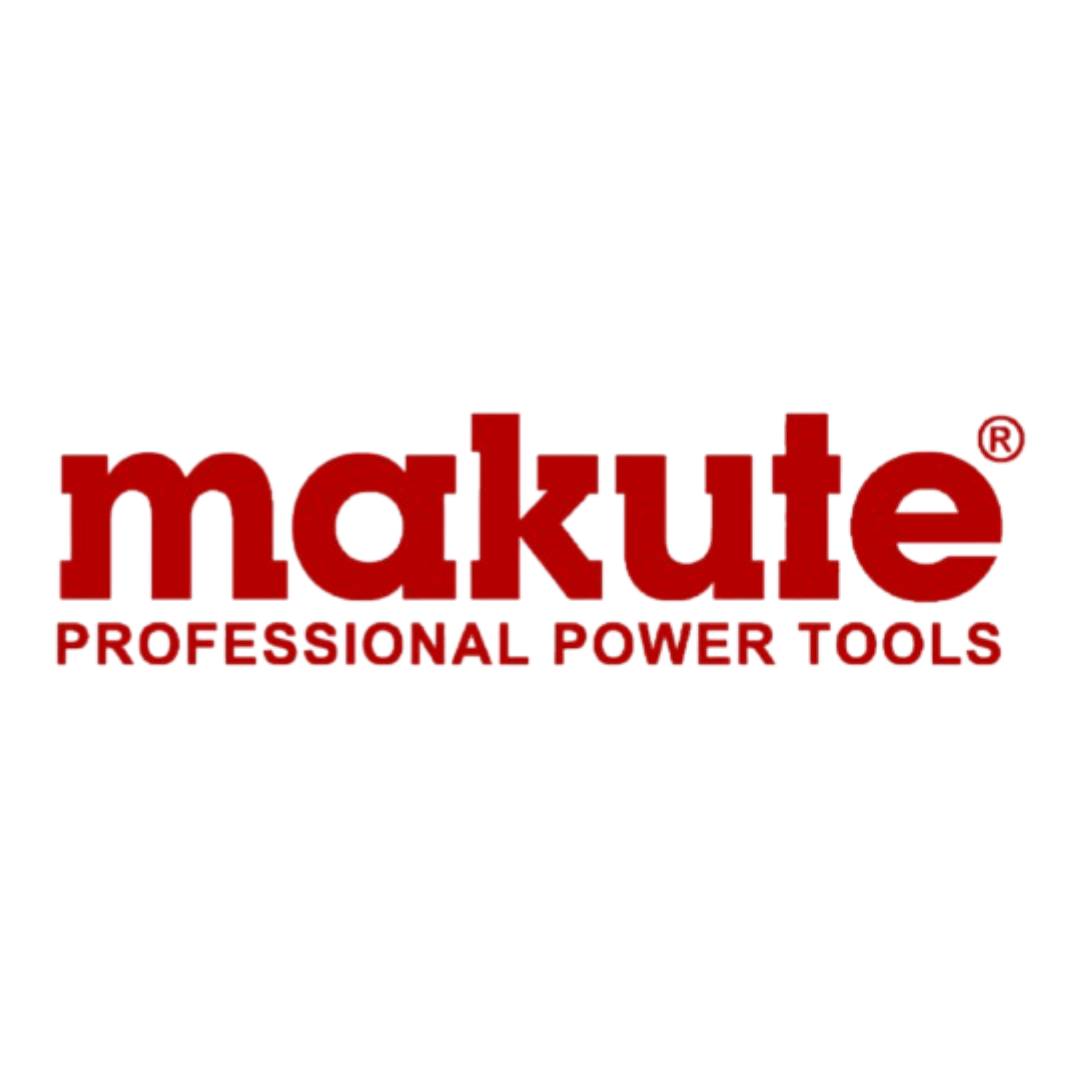

Reviews
There are no reviews yet.